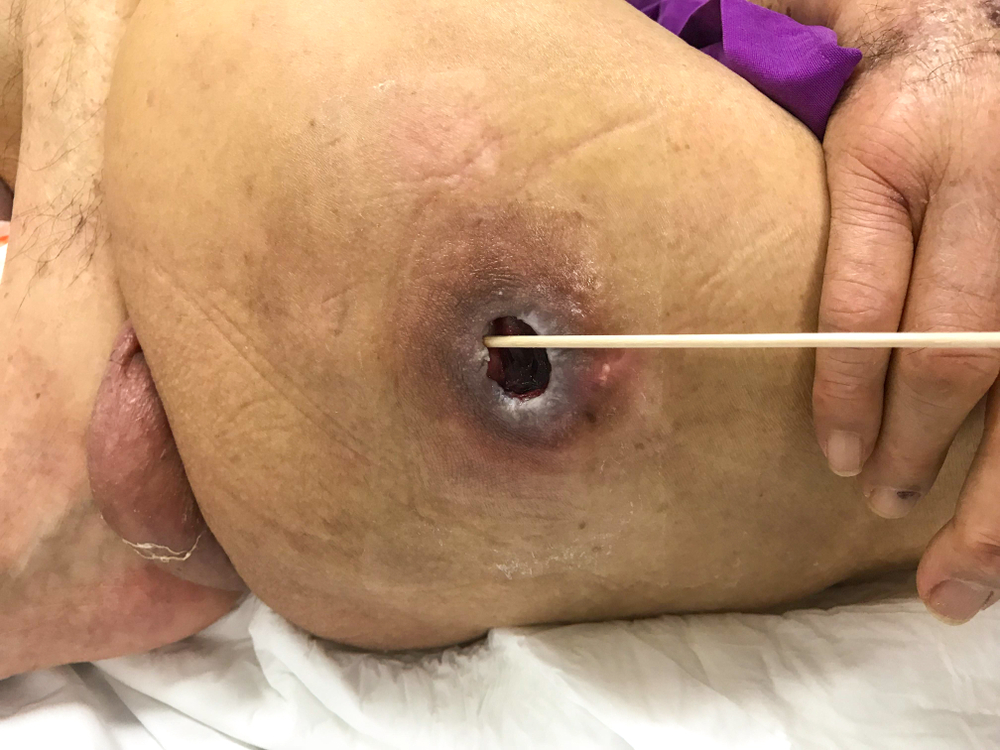Wounds caused by trauma or chronic medical diseases are prone to complications from a slower rate of healing. In many instances, a lack of proper wound care and careful surveillance all through the tissue repair process might result in concealed tissue loss. Wound undermining is a typical example where an examination of the surface wound does not represent the true extent of underlying damage.
What Is an Undermining Wound?
Wound undermining occurs when significant erosion occurs underneath the outwardly visible wound margins resulting in more extensive damage beneath the skin surface. Consequently, while the external wound might appear small, large areas of tissue loss will be detected beneath the surface when the opening is probed.
Are Undermined Wounds and Tunneling Wounds the Same?
Wound undermining bears some similarities to wound tunneling or sinus wounds however they remain distinct. While wound undermining requires more careful examination to detect, tunneling wounds are more readily apparent. Tunneling wounds typically form unidirectional passageways between the skin surface and organ spaces whereas undermined wounds tend to present with more complex, less predictable spread. Subcutaneous tissue destruction in wound undermining is often extensive, involving fat, muscle, and connective tissue.
Causes/Risk Factors
The etiology of wound undermining is quite similar to that of tunneling wounds. Patients with chronic medical conditions and immunosuppressive state that predispose them to slow-healing wounds are frequently affected by wound undermining.
The risk factors for undermined wounds include:
- Patients with slow-healing ulcers (pressure or neuropathic)
- Wound site infection
- Repeat trauma, exposure to shear forces at the wound site
- Poor wound care practice (poor wound exudate control and wound dehydration)
- Chronic health states like diabetes mellitus, and chronic hypertension
- Compromised wound tissue perfusion for example in peripheral arterial disease
- Prolonged inflammation at the wound site
- Poor nutrition (with the absence of vitamins critical to proper collagen synthesis)
- Previous surgery around the wound site
- Corticosteroids use (inhibits proper collagen synthesis)
- Immunosuppression (chemotherapy, radiotherapy, or immunosuppressant medications)
Signs and Symptoms
The typical signs and symptoms in wound undermining are quite similar to those seen in tunneling wounds. These include the following:
- Fever as a response to infection at the wound site
- Moderate pain around at wound site, and periwound
- Soft tissue edema
- Malodorous discharge/exudate from the wound site
- Erythema in wound and periwound area
- Maceration presenting as pale, friable skin
Diagnosis: Clinical Examination
Diagnosing wound undermining requires wound clinicians to carefully examine the wound and periwound area for hidden signs. The wound site examination involves the use of a wound swab stick to gently probe the wound opening in all directions while keeping the probe parallel to the wound surface. Wound undermining typically presents as shelves or pockets of tissue breakdown beneath the wound margin. To accurately determine the extent of spread, the probe should be extended as far as possible (until resistance is felt) before any measurement is taken. Other parameters to be considered during wound examination include the depth of tissue destruction, volume and type of wound exudate, and the appearance of the periwound.
Diagnosis: Imaging Techniques
Laboratory investigations play a crucial role in undermining wound care. Blood sample culture, and wound swab culture, and sensitivity tests are usually done to rule out the possibility of infection or to guide antibiotic therapy. Imaging is equally important in aiding prognostication and therapy. Wound sound ultrasonography is a relatively inexpensive approach to wound imaging that offers useful insight into the extent of tissue damage. Further, magnetic resonance imaging and computerized tomography scanning can be used to correctly define the extent of undermining at any given wound site. A combination of laboratory investigations, imaging, and patient history will allow wound care professionals to identify risk for worsening disease, plan, and implement appropriate treatment strategies as well as manage patient anxieties and expectations about their treatment.
Management Principles for Undermining Wounds
The goals of management in wound undermining are to halt further tissue loss (necrosis), protect the periwound, prevent infection, and remove factors preventing optimal tissue recovery.
Effective wound care strategies for undermining wounds include the following:
- Treatment/elimination of identifiable etiologies
- Symptom control
- Local wound care
- Dead space bolstering
- Negative pressure wound therapy
Treatment/Elimination of Identifiable Etiologies
To prevent a recurrence or further tissue destruction in undermined wounds, wound care experts should identify, and treat the primary causes. Removal of harmful substances, control of chronic medical diseases using medications or surgery will improve patient recovery times.
Symptom Control
Patients with wound undermining will present with various symptoms that cause considerable distress. The use of appropriate and adequate doses of medications will provide them with much-needed relief. Common classes of drugs used in managing symptomatic, undermined wounds include:
- Analgesia for pain relief
- Antibiotics to limit microbial growth and contain wound infection
- Anti-inflammatory drugs to relieve wound site inflammation
Local Wound Care
Regardless of the primary cause of wound undermining, universal wound care principles can be applied to treat the condition. Wound cleansing, debridement, and dressing/packing will prevent the onset of infection, limit tissue inflammation, and encourage the growth of healthy granulation tissue needed for optimized wound recovery.
Dead Space Bolstering
In some cases, wound care physicians might prefer not to pack the spaces formed in undermined wounds. Rather, the skin over the undermining defects is bolstered using foam applied firmly on its surface. Once this is done, a wound dressing is applied to keep the foam in place while the pockets of destroyed tissue close up.
Negative Pressure Wound Therapy
Negative pressure wound therapy or vacuum-assisted wound closure is often used alongside dead space bolstering to improve earlier defect closure. This technique limits the amount of air entering the wound site preventing the growth of harmful bacteria, and facilitating closure of undermined areas.



.webp)

.avif)